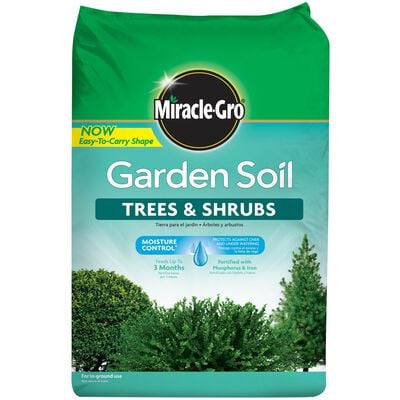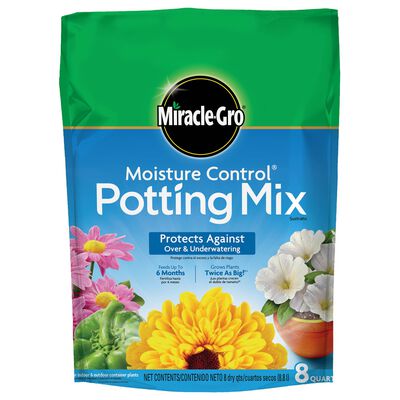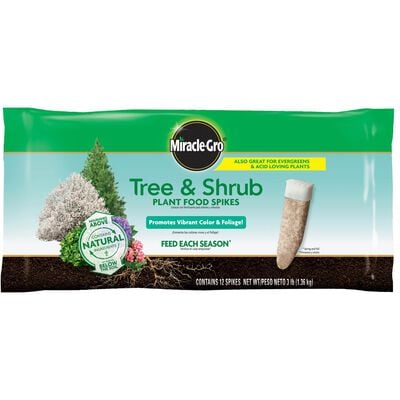
How to Grow Hydrangeas
You have lots of choices for bringing spectacular color to your yard
Give yourself a gift by planting hydrangeas. This beautiful flowering plant boasts large clusters of colorful blooms, making it a stunning addition to your landscape.
Here is what you need to know to grow hydrangeas.
How to Choose Hydrangeas
There are several types of hydrangea plants. Most grow as shrubs, although there is one vine, called climbing hydrangea. Mophead and lacecap types, perhaps the most common hydrangeas in zones 6 through 9, can fill many roles in the landscape. To grow hydrangeas as a hedge, choose panicle, smooth, or oakleaf hydrangea, which also offers good fall leaf color. If you are planning to grow hydrangeas in full shade, choose oakleaf hydrangea or the climbing type. If you're planting hydrangeas in colder regions, panicle hydrangea (the type that can be grown as a tree) is the one you want, as it is the most winter-hardy.
Where to Plant Hydrangeas
The most important factors when choosing where to plant hydrangeas are light and moisture. In the South, plant them where they will receive morning sunlight and afternoon shade. With these conditions, you can grow the extremely popular French (also called bigleaf) hydrangea or panicle hydrangea. In northern regions, these same types of hydrangeas will grow in all-day sun.
The name hydrangea contains the root word "hydra" (like in hydration), which gives a clue about how much water these plants need. Make sure the spot you select is close to a water source. Know, too, that French hydrangeas tend to need the most water to thrive.
What Kind of Soil to Use for Hydrangeas
To grow hydrangeas in planting beds, focus on improving the native soil. One simple way to do that is to combine equal parts existing soil and Miracle-Gro® Garden Soil for Trees and Shrubs. In warmer regions (zones 7 and warmer), where winter tends to be mild, you can also grow hydrangeas in containers. Create just the right environment for them by filling pots with Miracle-Gro® Moisture Control® Potting Mix.
It is worth noting that mophead and lacecap hydrangeas both change flower color based on soil pH, which is a measure of how alkaline or acidic the soil is. Flowers turn pink to red in alkaline soil, and lavender to blue in acidic soil.
When to Plant Hydrangeas
When you see hydrangea plants for sale at local garden centers, that's usually the right time for planting. This timing will vary by region. For instance, in areas with winter freezing and snow, hydrangeas should be planted in early spring or early fall (as soon as summer heat breaks). In warmer regions with mild winters, the window for planting hydrangeas is longer, from fall all the way through to early spring.

How to Plant Hydrangeas
How far apart to space plants depends on what type of hydrangea you’re growing. It’s best to check the plant tag. Note that hydrangeas planted in the shade tend to grow a little larger and spread a little more. When planting hydrangeas, dig a hole that is twice as wide as the width of the container the hydrangea came in. Place the plant in the hole so that the root ball is at the same depth as it was in the original pot, then fill in the hole with the 50-50 soil mixture described above. Water well after planting.
How to Plant Hydrangeas in Containers
To plant hydrangeas in containers, again check that plants are at the same depth as they were growing previously. How large a container to use depends on how large your hydrangea will grow. Typically, it’s safe to start with a pot 2 inches larger than the container the plant is currently in.
How to Water Hydrangeas
Water deeply after planting, making sure to soak the root ball and surrounding soil. If the hydrangeas are dormant (without leaves), you may not need to water again until growth resumes.
Hydrangeas thrive in consistently moist soil. Check the soil at least once a week. When the top inch of soil is dry, it’s time to water. Once hydrangeas are established, they typically survive on rainfall, except during times of drought.

How to Mulch Hydrangeas
After planting hydrangeas, apply a 2- to 3-inch-thick mulch layer around (but not on) the plants. Mulch helps keep soil moist and weeds at bay by blocking the weeds’ growth and access to sunlight. Choose whichever mulch looks best in your landscape: Scotts® bagged mulch, shredded leaves, pine straw, or some other locally available material.

How to Feed Hydrangeas
Fertilize hydrangeas in early spring as new growth appears and again just before summer. Avoid feeding hydrangeas after August, especially in regions with cold winters. A slow-release plant food works well. For best results, try Miracle-Gro® Shake ’n Feed® Flowering Trees & Shrubs Plant Food, which feeds for up to 3 months.
How to Prune Hydrangeas
When to prune hydrangeas hinges on the type of hydrangea you’re growing. Both French and oakleaf hydrangeas flower on old wood (last year’s stems), so you should prune plants right after flowering is finished. Smooth and panicle hydrangeas flower on new growth, which means you can prune stems in late winter to early spring. In general, as long as you give hydrangeas enough elbow room to spread and reach their mature size, you shouldn’t have to do too much pruning beyond cutting out dead or damaged wood.
How to Protect Hydrangeas in Winter
In colder areas, many gardeners erect a burlap screen around oakleaf and French hydrangeas in an effort to help protect flower buds that have already formed for the next year. The most important aspect of winter protection, however, is making sure the hydrangea you’re growing is hardy in your gardening zone.

How to Use Hydrangeas
Hydrangeas can fill multiple roles in the garden. Plant a hydrangea privacy hedge, or use them as a foundation planting around a home. A single hydrangea can be the focal point of a garden, and potted hydrangeas can bring beauty to a deck or entry garden. Hydrangeas also integrate well into mixed borders of shrubs and perennials, and make a natural-looking addition to a woodland setting.
Fresh hydrangea flowers are a favorite for filling vases and adorning wedding bouquets. If you want to dry hydrangea blooms, most experts suggest waiting to let flowers age and dry naturally on the plant. Harvest at the color stage you prefer.
Ready to start growing hydrangeas? Click on any of the product links above for more information, to purchase the product online, or to find a retailer near you.


